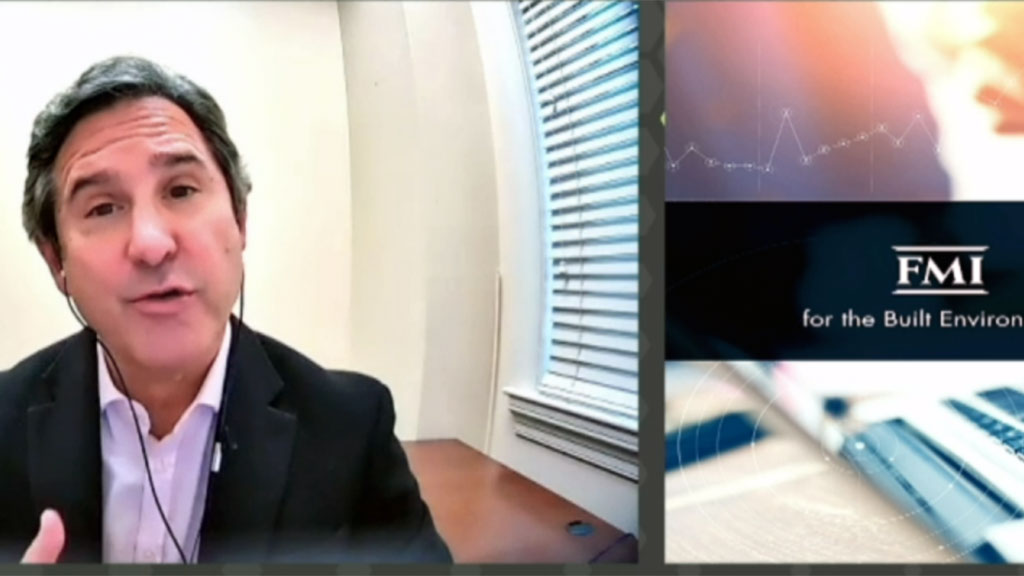Construction bosses looking to head into the retirement sunset should begin planning for their succession a good five years before they move on in order to avoid a sloppy departure, delegates attending a recent construction conference were told by a U.S. leadership guru who focuses on the sector.
Michael Mangum, principal at FMI Corporation, undertakes construction-sector succession consulting on both sides of the border, with plans backed by in-depth research. He gave a virtual presentation at the Navacord National Virtual Construction Conference Challenge and Change conference.
Mangum started by presenting myths that owners of construction firms often mistakenly believe as they plan their retirements.
“One of them is the notion that somebody is going to come in and have a big payday for me, they’re going to come in and take this off my hands, it’s going to be really attractive,” he said.
The truth is, that scenario hardly ever happens, an FMI survey of the broader construction sector, including architects, engineers and suppliers, found.
“The reality is less than 10 per cent of all transitions happen with a third party, where there is actually a true unrelated buyer and seller that go through some sort of courtship process and arrive at a deal,” Mangum said. “Over 90 per cent are transitioned in different ways, most typically either to employees or family members or some combination of the two.”
Too many owners think they will live forever and kick the succession can down the road, Mangum said. But in some cases, a death happens unexpectedly and corporate chaos accompanies the personal sorrow.
“When that day comes, it’s too late. I’ve already had one of my clients pass away during the midst of this process of helping them transition. And I can tell you it’s not a fun experience for the business or the family to have to deal with.”
Another client was 94 years old and it was clear they had left their succession planning too late. There was no obvious successor in the next two generations and farcically, the principal wondered whether a six-year-old great-grandchild might be inclined to run the business at a future time.
Further complications come when there is a lack of harmonization between potential successors within a company — when potential new CEOs might have the personal qualities to run the business but not the equity to buy in, or vice versa.“We’ve got to work through both sides of the equation, we’ve got to think about who’s going to lead the business. And that may not be directly connected with the transition of the equity in the business, but they better be in sync, they better be harmonized and we better be looking at a way to do that,” said Mangum.
Among FMI’s tools is the Peak Succession approach. One of its key findings from a 2017 survey was that a dwindling number of firms have family members active in their businesses. And even fewer firms said that the next generation will both own and run the business in the future.
Faced with this trend, the report suggested, leaders must ask themselves: Does passing the business on within my family limit my organization’s potential to compete and succeed in the foreseeable future?
Another key finding was that firms with a clear vision for the future are more likely to have a formal ownership transfer and succession management plan in place.
FMI found that in many cases, potential successors within a firm have suitable potential but are not yet ready to succeed. That means it’s imperative that the half-decade succession-planning process entail not only developing a vision for future operation of the company but also training to ensure the successors can carry out the vision.
“We’ve got to get these individuals ready as we engage in advanced individual development initiatives,” said Mangum “We begin to scale that human talent so that gap gets smaller and smaller. That’s the process on the human side and frankly it takes years to do that.
“All the more reason that we need to get started sooner versus later.”
Follow the author on Twitter @DonWall_DCN.











Recent Comments
comments for this post are closed